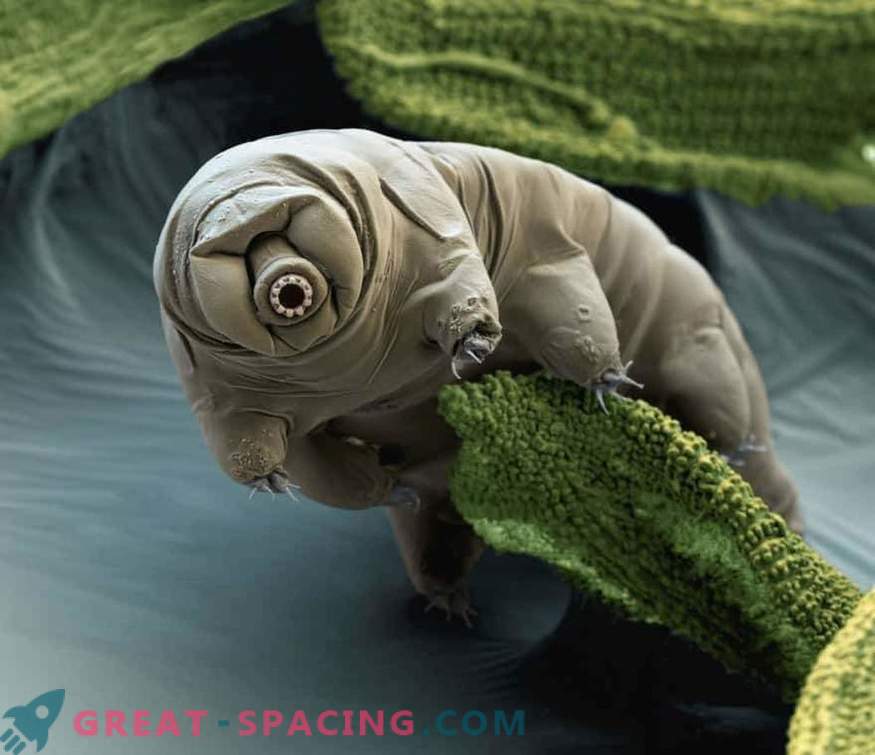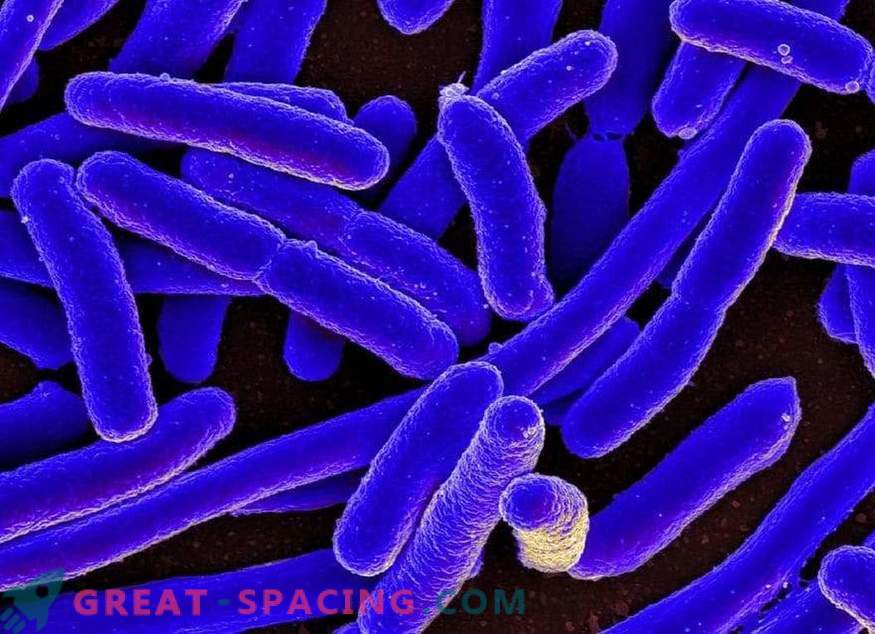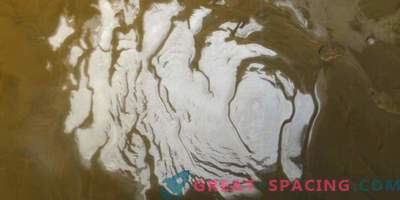
Imagine this situation: you are looking for life on Mars, and suddenly there is a microbe that has a striking resemblance to E. coli. Where the hell did she come from?
There is bad news for hunters for extraterrestrial organisms, since a small number of life forms got there from Earth. In fact, they got there along with the rover and are now quietly resting on the Red Planet, at a distance of tens of millions of kilometers from Earth!
Although this scenario may be a bit exaggerated, the likelihood of contamination that instills fear in the hearts of the space agencies of the world that oversee the decontamination of any spacecraft may well occur.
Despite the decontamination of each component of a spacecraft being sent into space, some microbes have a particular susceptibility to survival in extreme conditions, including during the severe decontamination currently used.

However, last week during the European Astrobiological Assembly in Edinburgh, Scotland, Ralph Moeller of the German Aerospace Center presented a new method of sterilizing spacecraft that can kill any terrestrial microbe. At present, chemical sterilization and ultraviolet radiation are used as the main method of disposing of spacecraft from any terrestrial microbes. But thanks to a number of recent studies, it has been discovered that some bacteria can survive this test.
For example, in 2010, researchers at the University of Central Florida attempted to put an end to popular opinion, exposing a number of bacteria to freezing, ultraviolet radiation, and exposing them to extremely low pressure. Although the vast majority of microbes died, several E. coli survived, despite everything.
Although the surviving intestinal wands were not exactly happy tourists, the fact that someone is able to survive in such conditions on Mars is not a figment of the imagination.

Photograph of E. coli (E.coli)
Other laboratory experiments have also shown that some bacteria are able to survive for a long period of deprivation, producing endospores, non-reproductive structures with thick walls, aimed at preserving DNA. In the absence of ultraviolet light (that is, if they are in the shadow of rocks or the spacecraft body) and adding water, these structures are able to return to life. Ultimately, for the complete destruction of microbes it is necessary that all components of the spacecraft are exposed to high temperatures. Unfortunately, this method is rarely used in practice, since many high-tech components of robots are extremely sensitive to high temperatures.
However, Moeller has a plan.
The Moeller team conducted a series of tests using low-temperature plasma (electrically charged gas) to kill any potential bacterium. In the laboratory, researchers found that plasma quickly kills bacteria and spores. One of the positive aspects of this moment is that this procedure is performed at low temperatures, when toxic substances are not used and the procedure itself lasts less than a minute.
So, it seems, we have taken a step in the right direction if we want to avoid the contamination of the alien worlds with the microbes of the Earth.











































